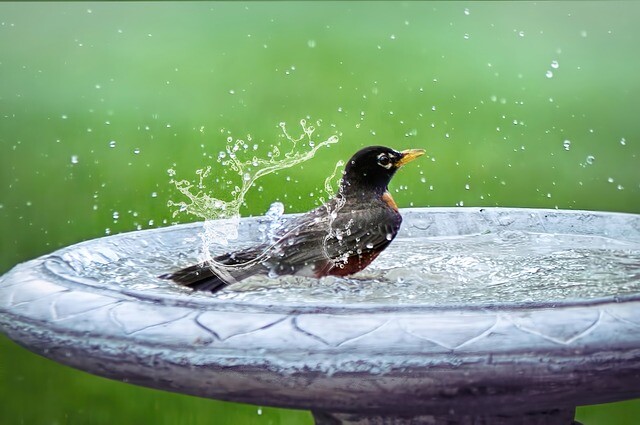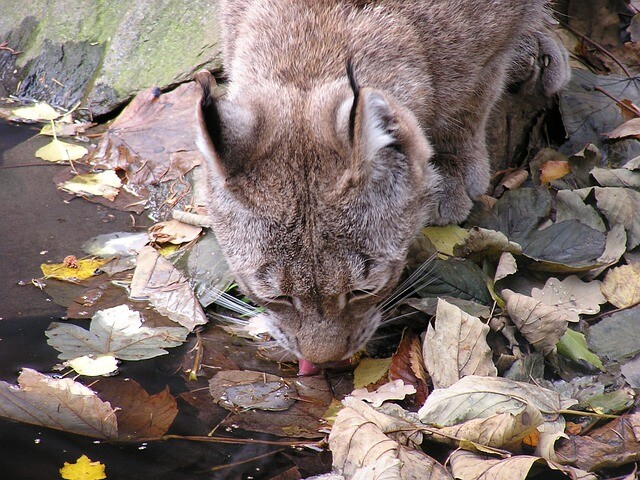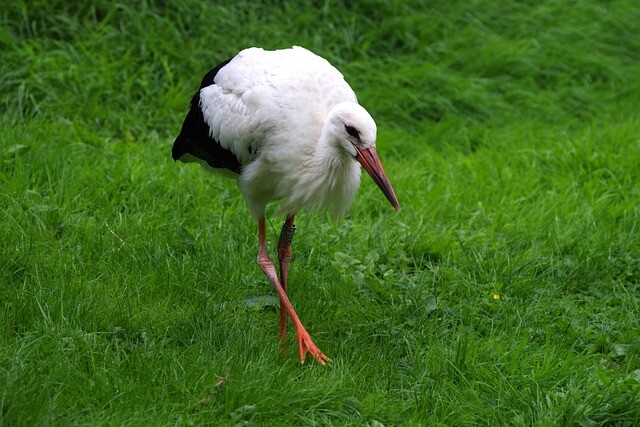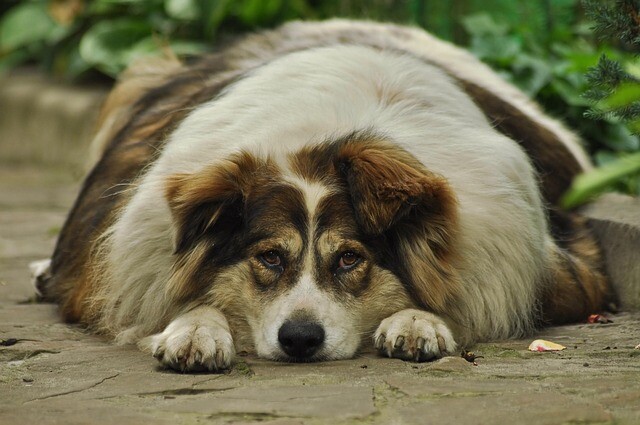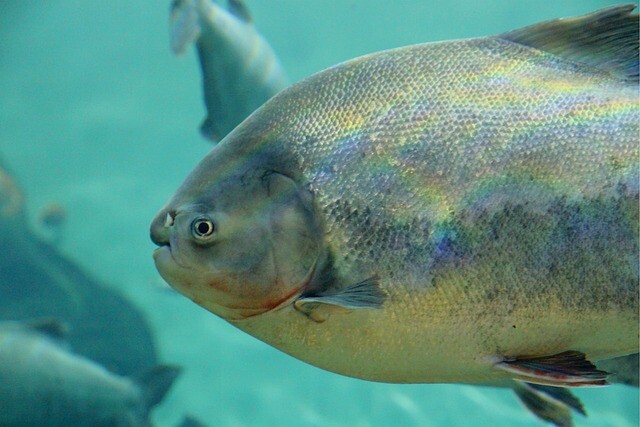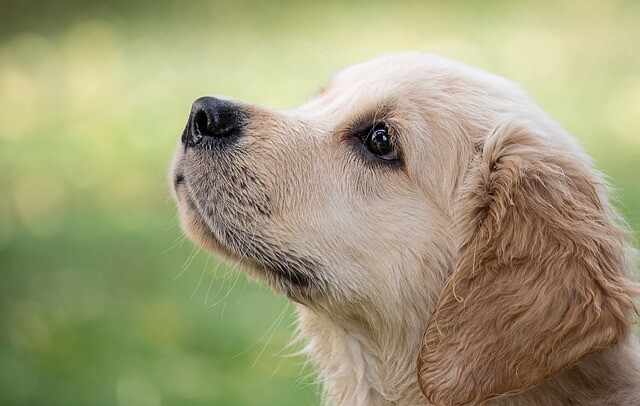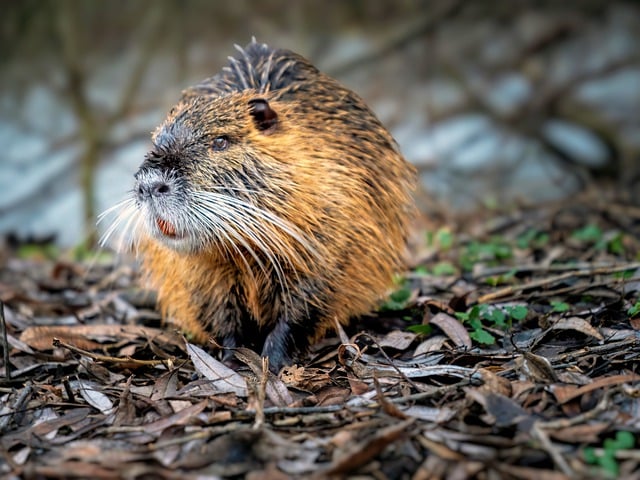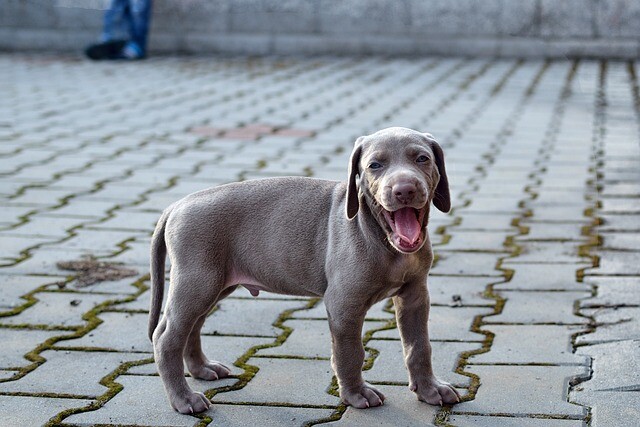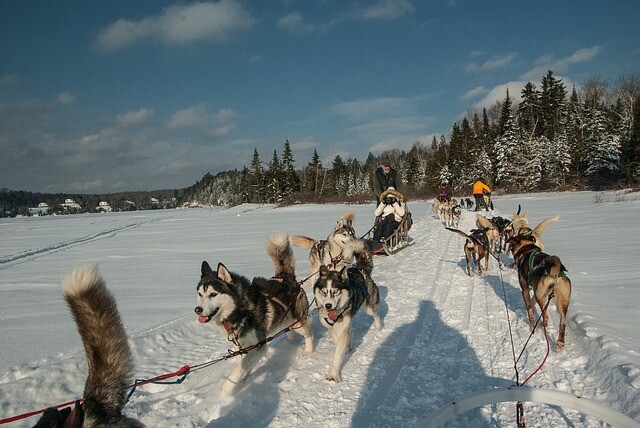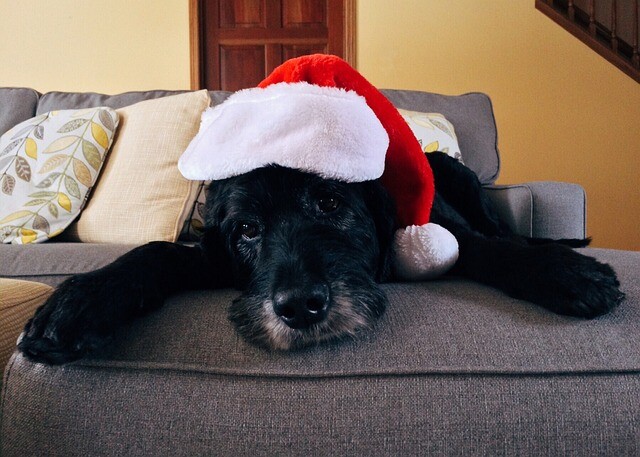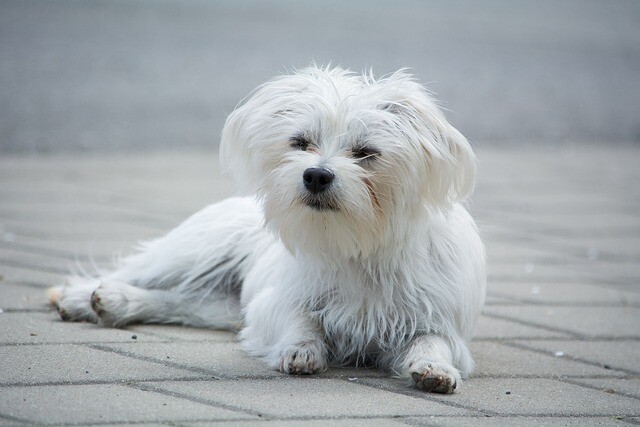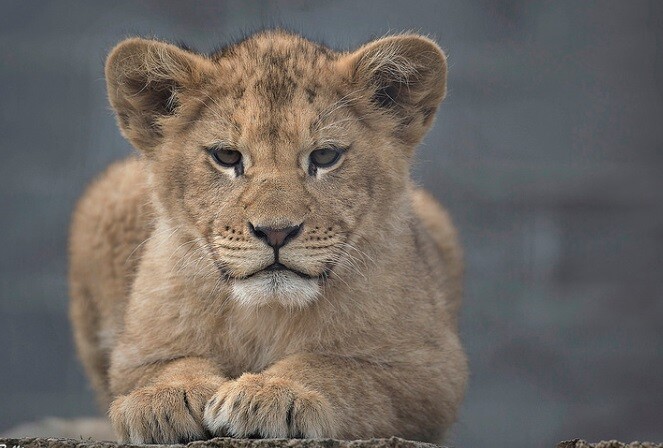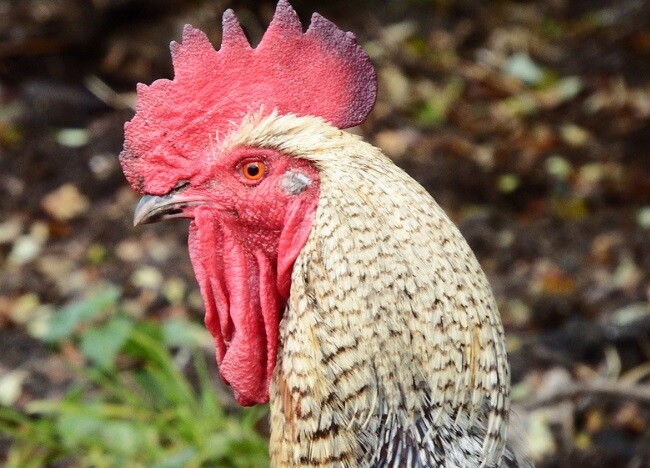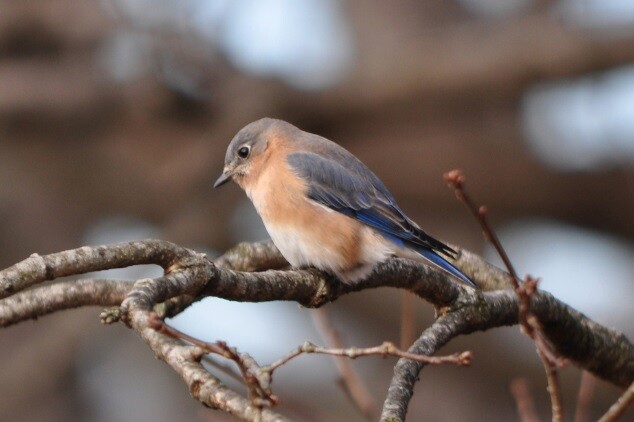We need our swallows, we protect them
Waiting for our moving birds. Some freshmen have already arrived, we know Zoltan, the stork-buzzer, is on his way.
After the storks, the swallows will arrive, but unfortunately there are fewer and fewer year after year. We have been aware of this for years, and experts estimate that there are currently less than one million fewer cute birds.
This data has stirred up standing water, as many dear ones love it. Still, human activity can also affect the number of swallows. Human construction, inadequate renovations, the swallowing of swallows, the destruction of their habitat and climate change can be blamed for all this.
If the swallows were put into such a position by human activity, then the other birds that chose human structures could be in trouble.

In addition to bats, swallows are the birds that most effectively mend mosquitoes. The presence of fewer swallows also implies an increase in the number of blood suckers that spread diseases. If the number of swallows is reduced, we will seriously affect the biodiversity of our environment. That is why it is very important to pay attention to the location of our swallows. Existing nests should be treated as a dwelling, a bird's dwelling in the renovation of a building, that is, before we begin the transformation, we have to find out if there are swallows. During the active, breeding season, you should not touch the nest, but when swallows fly to their winter accommodation, it is worthwhile to carry out the conversion work over time. The nests that may have been damaged in this way can be replaced by new artificial nests to re-acquire their new nest in the next breeding season.
For more details, please visit our Facebook page!
Pixabay.com (Images are illustrations)

